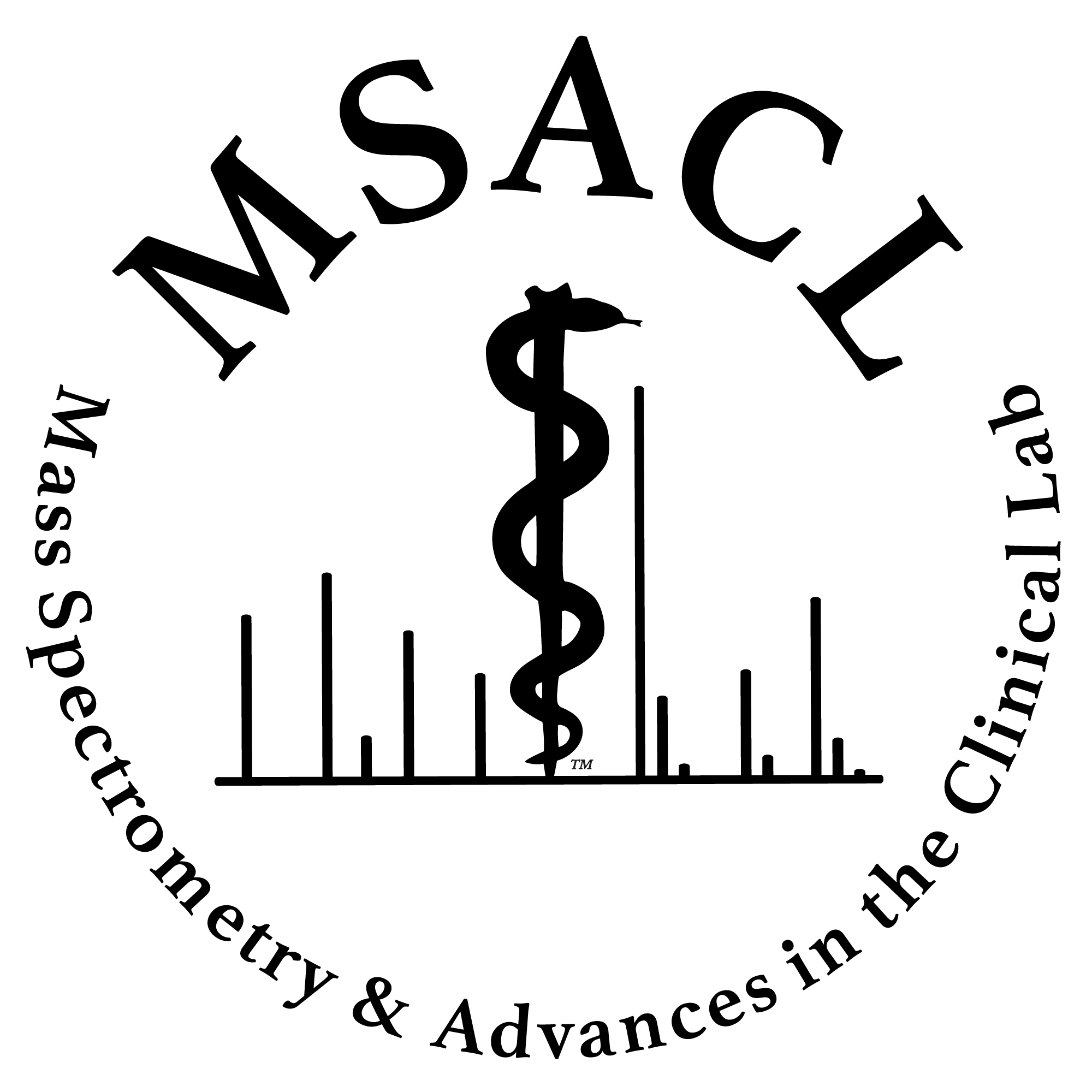|
Abstract Introduction
The rapid quantification of estrone in serum can be useful to monitor estrogen levels and help explain abnormal menstrual cycles, infertility, symptoms of menopause, abnormal or heavy bleeding or any other hormonal alterations.
Objectives
For this project, an extraction method is optimized to develop a diagnostic tool to rapidly quantify estrone in serum, which will allow the rapid diagnosis of certain disorders. Laser Diode Thermal Desorption and tandem mass spectrometry (LDTD-MS/MS) is chosen as a fast-analytical technique.
Methods
The extraction is performed as follows: 400µL of serum sample are mixed with 10µL of the internal standard solution (Estrone-d4, 30 ng/mL in methanol). Then, 800µL of Hexane-MTBE (90:10) are added and mixed. After the centrifugation step, 500µL of upper layer is transferred in a new tube and evaporated to dryness. Dry extract is reconstituted with 125µL of methanol:water (1:1) and 6µL of the reconstitute sample is spotted onto LazWell96 plates and evaporated to complete dryness before analysis by LDTD-MS/MS.
The mass spectrometer is operated in negative ionization mode. A flow rate of 5 L/min with air as a carrier gas and a ramp of 3 seconds to 45% laser power with 2 seconds hold are used on the LDTD system.
Result
Human serum has different endogenic levels of estrone. A mixture of bovine serum albumin (BSA), 20 mg/mL diluted in phosphate buffered saline (PBS) buffer was used as a negative matrix. Calibration curves ranging from 10 to 250 pg/mL are prepared in synthetic matrix. A QC set is prepared in synthetic matrix (QC-L, QC-M and QC-H). Replicate extractions are deposited onto a LazWell plate and dried before analysis. The peak area against the internal standard (IS) ratio is used to normalize the signal.
Preliminary data show the regression correlation coefficients (r) obtained are greater than 0.997. For the between-run accuracy, values between 92.3 and 105.2 were obtained and the precision results were lower than 5.9% CV.
For the LDTD-MS/MS analysis, instead of studying the autosampler’s stability, the wet stability (extracted solutions kept at 4°C for 1 week) and dry stability (extracts on LazWell plate for 4 hours at room temperature) is evaluated. After the given stability time, calibration curves are analyzed. The precision obtained for QCs ranges between 2.1 and 8.1%CV and their accuracy ranges between 94.5% and 110.3% of the nominal values.
Serum samples from real patients are tested with this method to correlate with results obtained by traditional LC-MS/MS for a cross validation study. The percentage difference between the values is evaluated. A difference of less than 20% is obtained.
Conclusion
LDTD-MS/MS analysis of Estrone in serum with simple extraction procedure at 8 seconds per samples. |

